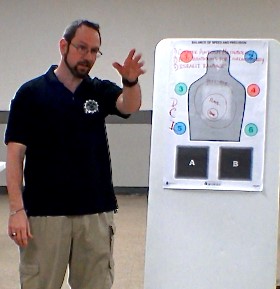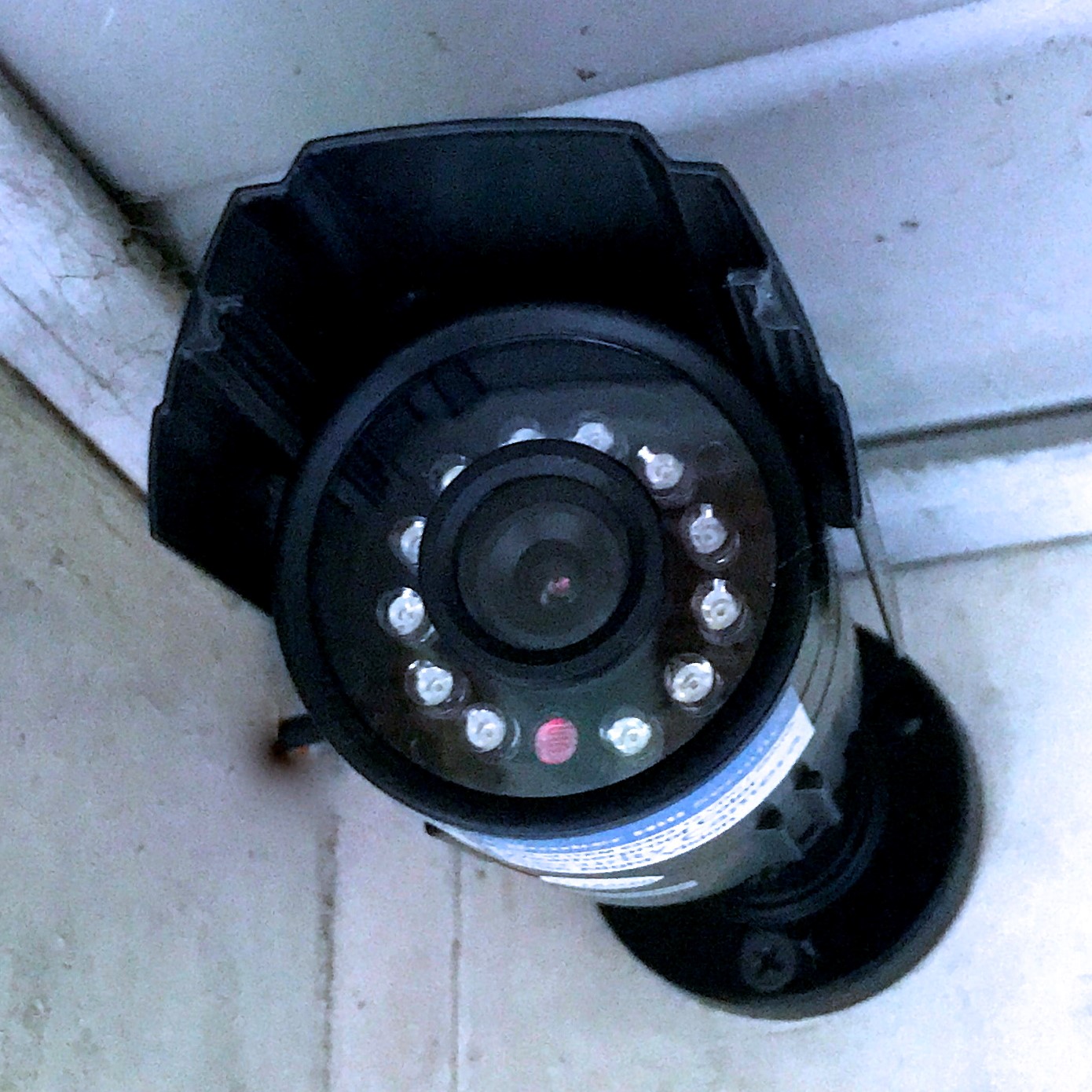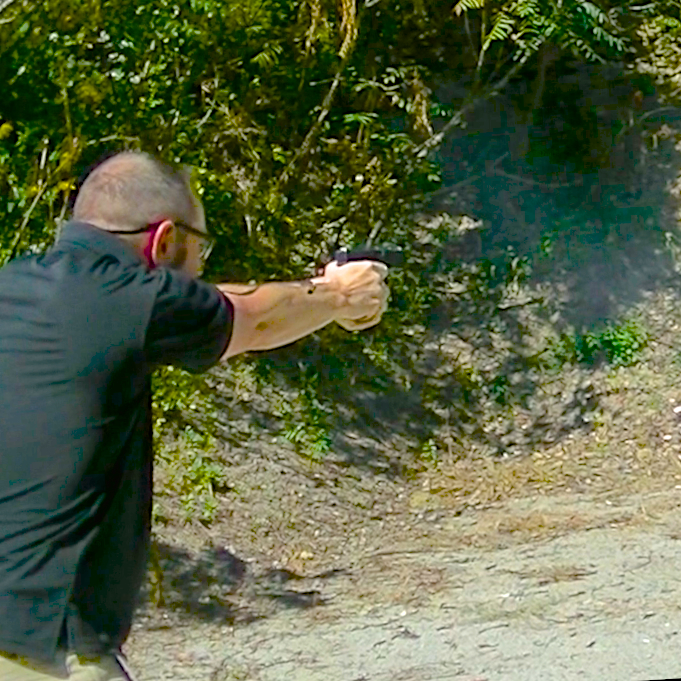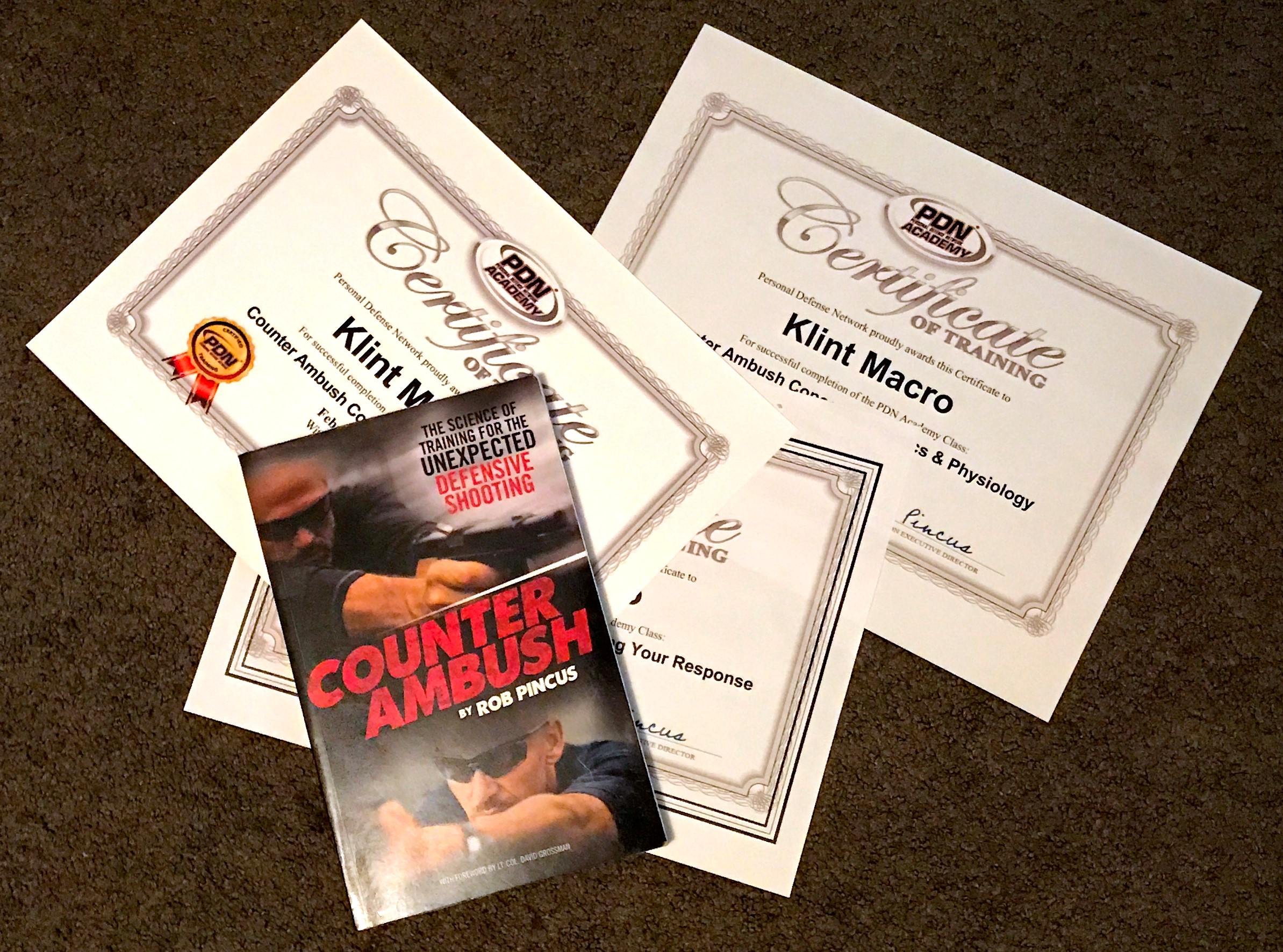
Unicorns are mythical beasts. You wouldn’t waste your resources trying to catch one, would you? Illustration: Augie Macro
We have heard this.… We have said it…. I have taught it.
The sentiment is sound and it is good advice. But the situational awareness rainbow can sometimes lead us to a false sense of security, striving for an unattainable goal, or perhaps even a fail. There is more to it than just broad strokes of a colored brush.
COLOR CODES OF AWARENESS
The color codes of awareness, popularized by the grandfather of modern pistolcraft, Col. Jeff Cooper, quantify one’s level of mental awareness by assigning a color to how much attention one pays to their surroundings.
Condition White: Unaware or oblivious to your surroundings.
Like the folks who fall into fountains while texting on their cell phones … you can Google that one.
Condition Yellow: Aware of where a potential threat may come from.
I see a dark area, I shine light into it or I avoid it. I see unsavory folks, so I cross the street.
Condition Orange: Alerted to a potential threat where you might begin to implement your defensive strategy.
Unsavory fella approaches you and your response is to create distance, yell (posture), and/or prepare a defensive tool.
Condition Red: Alarmed to an actual threat that requires you to defend yourself.
Condition Black: When you don’t know how you ended up holding a pistol that is at slide lock.

Our awareness level cannot be accurately measured with a simple color system. Life is never that black and white. Photo: author
HUMAN VISION AND SITUATIONAL AWARENESS
Our awareness is not 360 degrees. If I am in Condition Yellow, Orange, or Red — aware, alerted, or alarmed to a lethal threat in front of me — then I will most certainly be in Condition White as to what is behind me. As predators (and we as humans are engineered to be predators), our eyes are in the front of our skulls, making our vision, including our peripheral vision, approximately 180 degrees. We cannot see behind us. This is not my (or anyone’s) theory – it is a biomechanical fact.
So the answer is that we must constantly scan, assess, and keep our head on a swivel, right? Easier said than done in real-world application. Also consider that if we are involved in a Dynamic Critical Incident, we will most likely experience heightened visual acuity in the center of our eyes (often referred to as tunnel vision) and our brain will not perceive our peripheral vision, lessening our sight to approximately 30 degrees. This is actually a defensive positive, as the vision we will have will be higher definition than our brother-in-law’s man-cave TV screen. As we learn and practice the skills of scanning and processing information “in context,” we can learn to do this efficiently, but it takes lots of reps to make this a learned intuitive response. More about this “context” concept in a moment.
“Sleep with one eye open, gripping your pillow tight.”
Many of my students have spoken of how they have literally made themselves sick trying to be “situationally aware” 360 degrees, 24 hours a day, seven days a week…. It is impossible! Having defensive infrastructure in place (especially at home) can help with this. For example, dogs, alarms, spouses on “fire watch” while you take turns sleeping with one eye open … but it doesn’t take long to realize that you simply cannot always live in Condition Yellow. You have to sleep sometime, and most of us do not take a bath or shower with our pistol (unless you are Tuco in The Good, The Bad, and The Ugly).

Dynamic Critical Incidents are surprising, chaotic, and threatening enough that the appropriate response is using your tool of self-defense.
Photo: author
WHAT IS THE ANSWER?
First, accept that you cannot be in Condition Yellow all the time. Do your best, but do not let this reality affect your quality of life or the mental well-being of your family. Take active measures by implementing indoor alarms, motion lights, perimeter alarms, and locks at home. Develop defensive strategies (whether pre-planned or at least on the fly) in the environments you find yourself outside the home. Even a half-assed plan is better than no plan. Have serious discussions with your loved ones and develop defensive plans that are realistic and appropriate to your specific lifestyle. Avoid as much “bad stuff” as you can.
Next, understand that in order to have the best chance of success, you must apply this logic:
If you are as situationally aware as you can be, and you work to avoid all perceived conflict, then if you need to use your particular tool of self-defense during a Dynamic Critical Incident, it must be a complete and utter surprise, where you have very little or no control: an ambush.
Counter Ambush Methodology has us preparing for a situation where we are in the maximum amount of danger and have the least amount of control. If we prepare for this worst-case scenario, we will be better prepared for an ambush, and all lesser Dynamic Critical Incident situations, where we are aware or have a higher level of anticipation, will be easier to manage.

Decades of empirical evidence: Dynamic Critical Incidents captured on video show us how we will most likely react during an ambush. Photo: author
“THE EYE IN THE SKY SEES ALL!”
Thanks to decades of dashboard cameras, surveillance cameras, and security cameras, we have a body of empirical data that overwhelmingly illustrates how human beings react, respond, and perform during a Dynamic Critical Incident.
Learn to use your tool of self-defense in the most efficient way, a way that works well with what the body does naturally during the extreme stress of a Dynamic Critical Incident.
Prepare to use your firearm in a way that takes advantage of a neutral and naturally aligned presentation (Kinesthetic Alignment), that uses bone support and bio-mechanical stops as opposed to muscles, while delivering hits without the use of your sights. Use a pistol that fits your hand correctly and points accurately when you present to full extension. Muscles require cognitive control. Camera footage tells us that during a Dynamic Critical Incident, there is a high likelihood that the cognitive portion of our brain will be bypassed or at least the processing power will be greatly reduced, therefore we will not be able to muscle the gun, or in many cases see our front sight.

Driving the gun to full extension, parallel and into your line of sight, combined with proper gun-to-hand fit, lets you kinesthetically align the firearm to target in a very efficient way. Photo: author
COUNTER AMBUSH METHODOLOGY
Train to deal with the worst-case scenario in context, without a high level of anticipation, in the most chaotic way that you can safely simulate in your particular training environment. Incorporate into your training a startle response, threat-focused sight picture, reflexive crouch, unsighted fire, and lateral movements. Stay focused on the target or process information from your environment and move while reloading or clearing a malfunction. Learn to deliver a volume of fire and manage recoil efficiently. Avoid choreographing the number of shots you deliver. The Counter Ambush book by Rob Pincus and Counter Ambush online courses discuss in detail how we can incorporate these natural reactions into a realistic training agenda.

Counter Ambush book and the PDN Academy Counter Ambush online courses are excellent ways to learn how to adopt this methodology. Photo: author
Unicorns are mythical beasts. You wouldn’t waste your resources trying to catch one, would you?
Rather than constantly gauging yourself against a subjective measurement of mental awareness, be as aware as you can be, avoid as much “bad” as you can, but be prepared for the worst possible situation. This will greatly increase your likelihood of prevailing during a Dynamic Critical Incident.
"Condition Yellow: Aware of where a potential threat may come from. I see a dark area, I shine light into it or I avoid it. I see unsavory folks, so I cross the street." Condition yellow is possible every waking hour. what is not possible is taking yellow to the extreme 24/7 thats orange. You don't HAVE to have the "gunfighters chair" when you go out to eat. No running around to find all the exits, fire extinguisher, etc. at the new super wally word before you calm down to by a bag of cat food. Don't go shinning your light down every dark area or you will eventually find something unpleasant. Let sleeping dogs lie. just know it's there. Yellow simply means Pay Attention. Don't have your head stuck up your asahhhhh phone. Lighten up and live a little, no live a lot, just pay attention.
Situational awareness is quite possible in the shower. My gun is laying on the floor, within reach from the shower, while I shower. I am listening for any sound of an intruder. I am prepared.
Another excellent article Klint. Keep them coming.
How/where does the average person get training? I am disabled and on a fixed income, I can't afford these courses that cost thousands of dollars!
thanks for this. Loved the reference to Tuco...
My first article as a new owner, thanks for the information I thought it was very informative and I have a lot to learn.
I am very uncomfortable seated with my back to the door in a restaurant . My wife thinks this is silly. Can’t make her understand.
I started reading and following Cooper decades ago. Much of what he taught was beneficial when I was a director of security for parking company in Philadelphia. It helped recognize potential perps as I walked back from lunch and follow some clown right into one of our garages and scare the BeeJeezus out of him when I'd asked why he was try car door handles. If we found someone in a garage who didn't have a car there we always called the police because 90% of the time there would be an outstanding warrant they could be arrested for even if all they were doing was walking around.
It seems most situational awareness discussions focus on 'awareness in the moment.' Not that there's anything wrong with this, of course. But as the saying goes, an ounce of prevention is worth a pound of cure. I strongly advocate that pre-emptive situational awareness is critical. In other words, awareness of situations to avoid entirely, BEFORE you find yourself in them. Some of these situations are obvious to anyone with common sense, but some are less obvious. It's one thing to assess a threat once it's in your immediate environment, it's another to unwittingly put yourself in a situation where that threat is more likely to happen, or more likely to happen in a way that is hard to discern until the last moment due to obstructions that impair your ability to visually assess your surroundings, etc. Think about where you choose to park your car, which route you take home and what environments one route versus another might take you through. Be aware of multiple escape routes when the opportunity presents itself. I'm by no means advocating walking around in a paranoid state. Far from it. But if we take a critical look at incidents that lead to bad things, many of them started on the "incident train" well before the threat was at arm's length - they often start with choices we've already made, consciously or otherwise.
98% of USA is Condition WHITE! NO clue of Situational Awareness as I teach in my books.